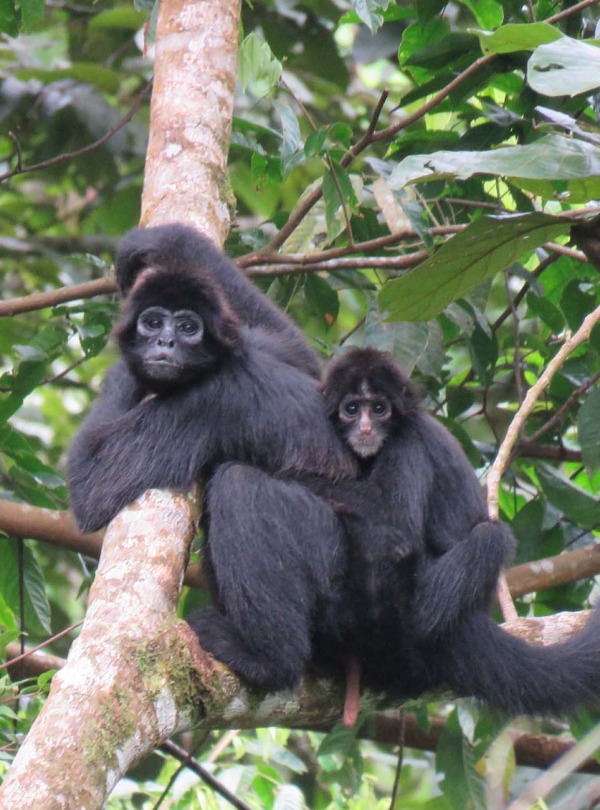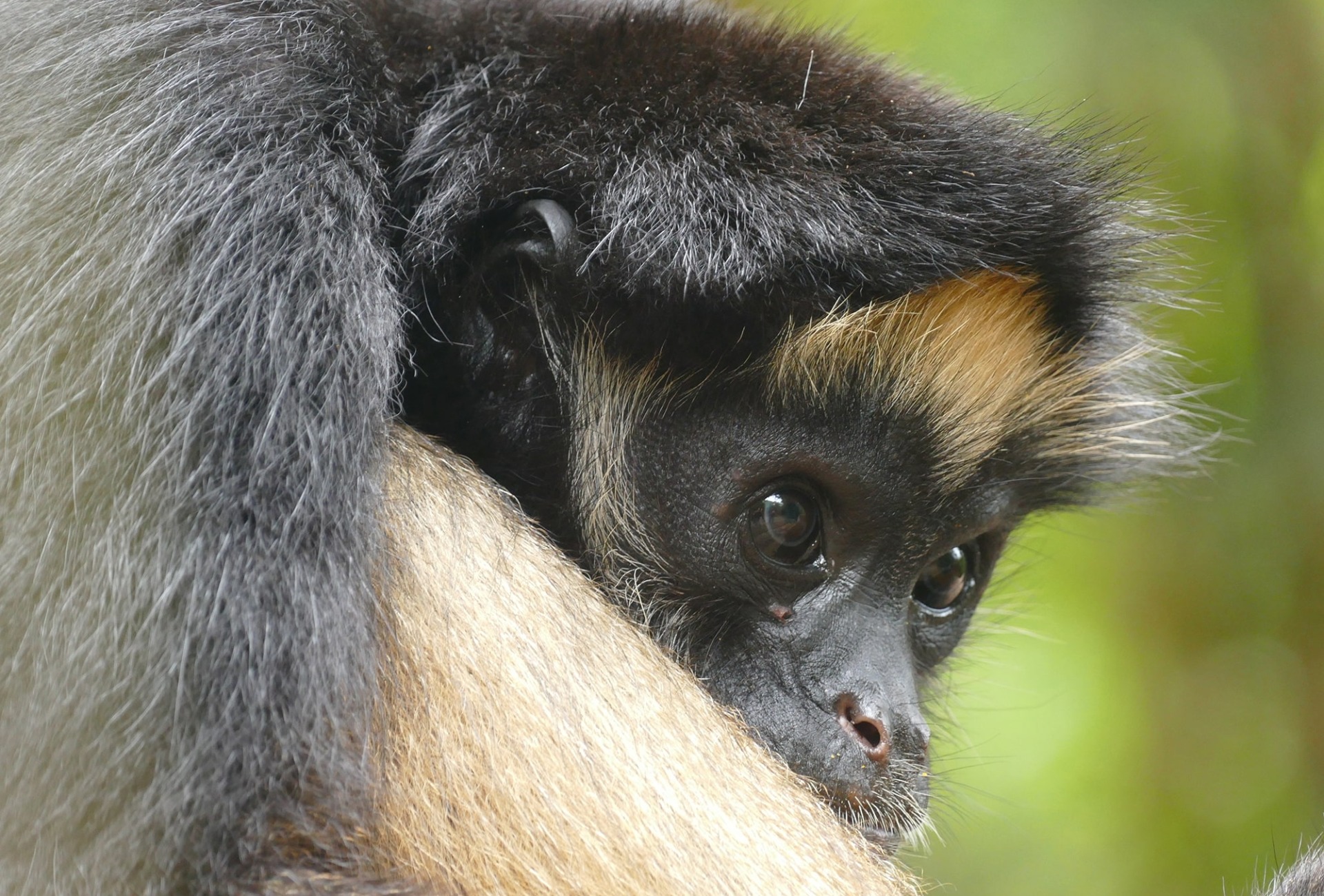
Stop road construction, protect Ecuadorean Andes
Support More Work Like ThisSupport More Work Like ThisThis region of Ecuador has one of the highest levels of biodiversity and endemism in the world.
-
Species at Risk
White-bellied Spider Monkey (EN)
-
Carbon stored
613,516*
*(metric tons of CO2 equivalents) -
Partner
Sumac Muyu Foundation (FSM)
-
1,327 Proposed Acres Conserved by
Purchase
-
Project Cost: $621,764
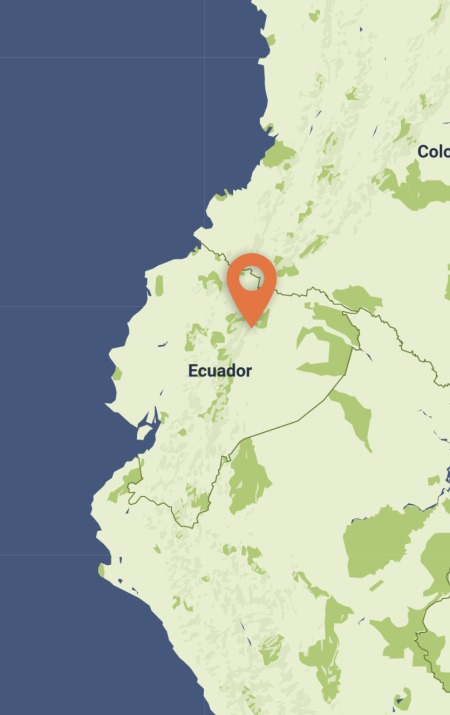
1,327
This region of Ecuador has one of the highest levels of biodiversity and endemism in the world.
-
Species at Risk
White-bellied Spider Monkey (EN)
-
Carbon stored
613,516*
*(metric tons of CO2 equivalents) -
Partner
Sumac Muyu Foundation (FSM)
-
1,327 Proposed Acres Conserved by
Purchase
-
Project Cost: £450,553

1,327
The Bigal-Payamino ecological corridor runs along the southeastern end of the Sumaco Napo-Galeras National Park (SNGNP) in Ecuador. The region has one of the highest levels of biodiversity and endemism in the world. A unique mix of lowland Amazonian rainforest and tropical forest at the foothills of the Andes, the landscape was designated the Sumaco Biosphere Reserve (RBS) in 2000, and it is both an Important Bird Area (IBA) and a Key Biodiversity Area (KBA).
The region was wilderness only 30 years ago but, since that time, the Loreto Road was built to accommodate a new oil pipeline, opening up the region to over 100,000 new residents. An ever-expanding web of roads and human settlements are threatening the ecological integrity of this critical ecosystem making protection an urgent priority.
Rainforest Trust and our local partner, Sumac Muyu Foundation (FSM), have been working together for two decades to expand the Bigal River Biological Reserve (BRBR), which serves as a buffer zone to the Sumaco Napo-Galeras National Park. We are now entering a new phase of protection and we seek $621,764 to fortify another 1,327 acres within the 10,000-acre corridor.
We are running against the clock to prevent the new roads as our goal is to protect as much land as possible around the National Park. The land is ripe for conservation before it is too late—at least 90% consists of old growth forest—and current property owners are eager to profit from the lands as soon as possible.
Explore Ecuador
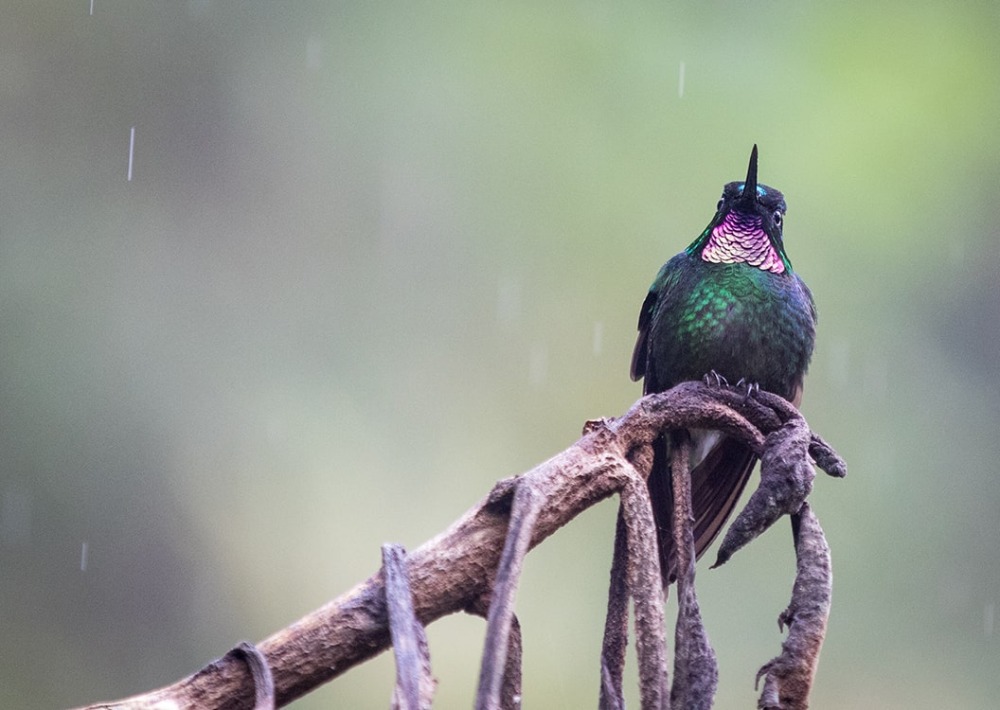
The Pink-throated Brilliant Hummingbird, by Virginie Merckaert
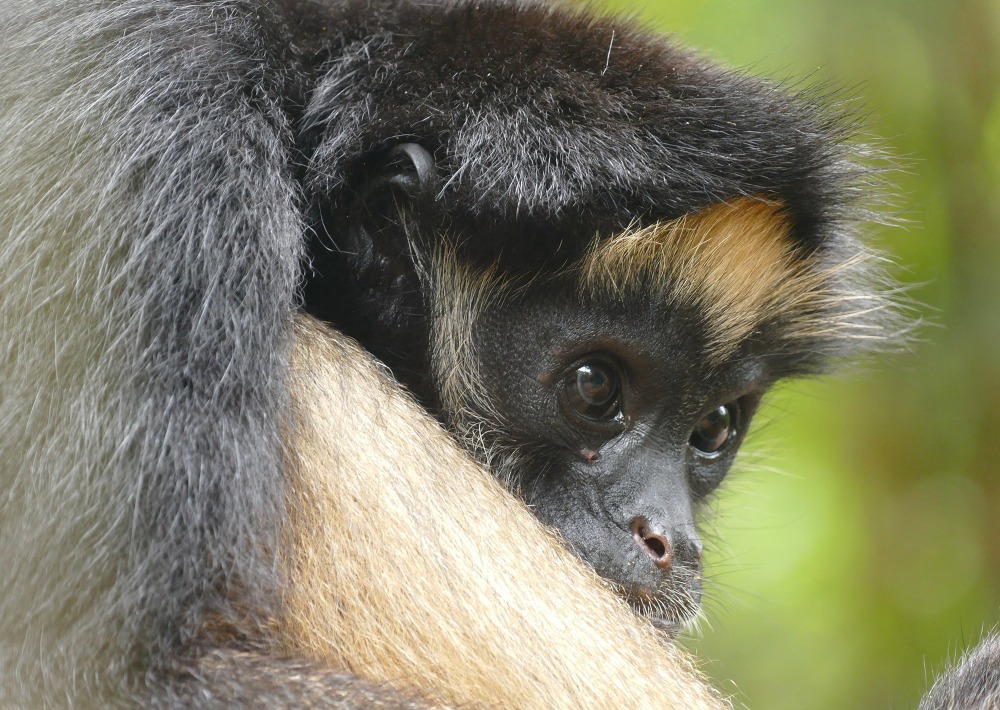
The Endangered White-bellied Spider Monkey, by Helge Zabka
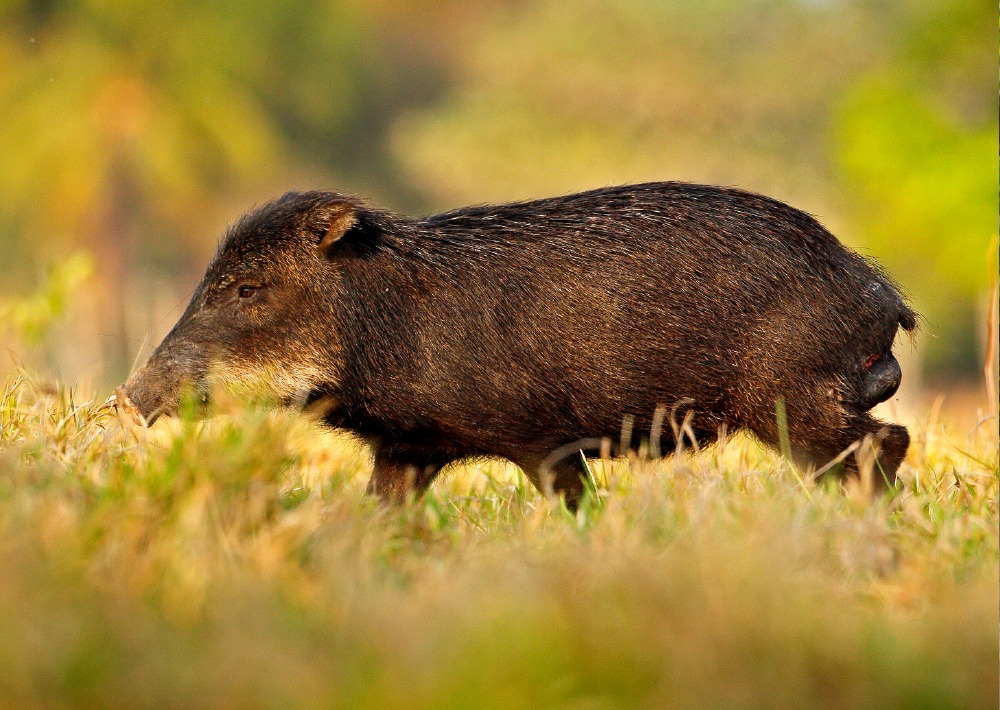
The White-lipped Peccary, by Ondrej Prosicky
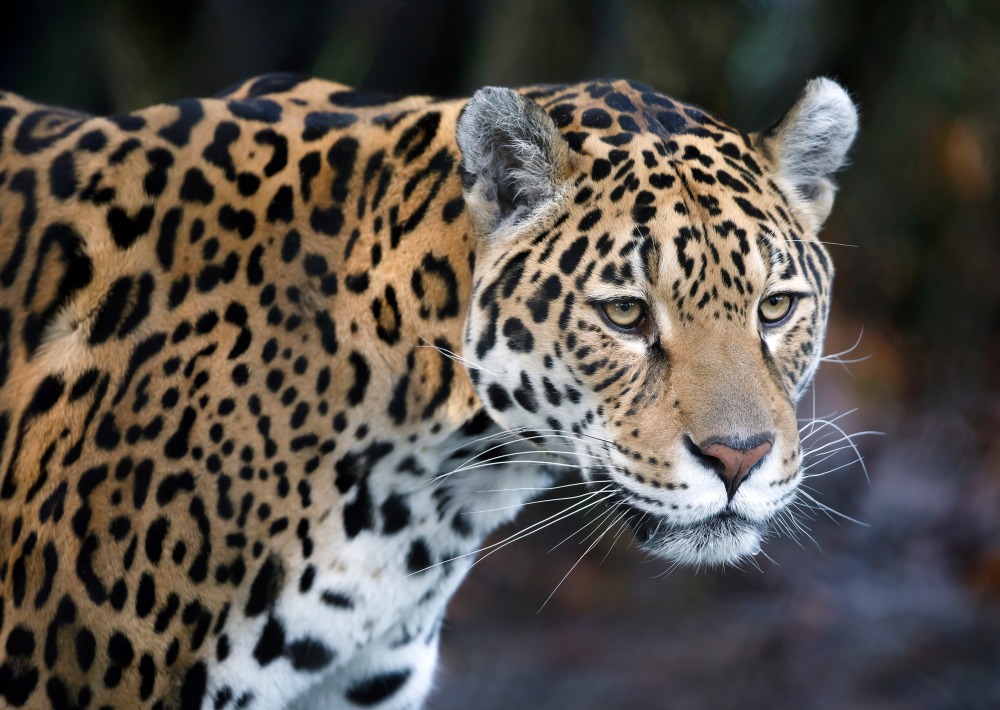
The Jaguar, by Edwin Butter
Biodiversity around Volcan Sumaco
In 1999, Unesco determined that the area around Volcan Sumaco, where BRBR is located, is one of the most biodiverse areas on earth. In the reserve itself, biodiversity surveys completed to date have documented 490+ species of birds, 56 species of large mammals, 77 species of reptiles, 64 species of amphibians, 159 species of arachnids, and 1,396 insect species, including 615 butterflies. The landscape holds great promise for species new to science; new taxa are described regularly, including a new genus of lyssomanine jumping spiders, Sumakuru.
The globally Endangered White-bellied Spider Monkey lives in this ecologically unique landscape. Recent studies reveal that its population is decreasing in moderately disturbed areas and is being completely wiped out in highly disturbed areas. These threats, combined with high levels of hunting, and trapping for the pet trade, make safeguarding this habitat for the monkey a critical priority.
Numerous large mammals that inhabit the Bigal area are Endangered in Ecuador. These include Jaguars, Tapirs, Peccaries, Pumas, Wild Dogs and Giant Anteaters—all of whom would be immediately and negatively impacted by loss of the corridor because it would restrict movement between their territories, and cut off migration routes to other wilderness areas.
The area is important habitat for eight range-restricted species (i.e., restricted to the Eastern Slope of Ecuador and Peru Ecosystem-based Adaptation area, or EBA)—like the Blackish Pewee and the Pink-throated Brilliant—and for the unique community of both lowland and highland birds.
Work with communities to create sustainable income streams
Our conservation success in the Bigal-Payamino corridor depends on indigenous neighbors continuing to keep their lands in conservation. FSM has been working with Rainforest Trust and other partners since 2008 to conserve ecologically important forests while working with local residents to create sustainable livelihood options that align with reserve goals. Currently, the local community provides a number of services for the reserve, including mule transport, trail maintenance, and making infrastructure improvements. And our partner is poised to develop a new ecotourism venture called ‘Jungle Trek’ with the local Kichwa communities in San José de Payamino and Ávila Viejo. The enterprise promises to create a viable income stream, and teach visitors about the forest and the ancestral cultures of the people living there.
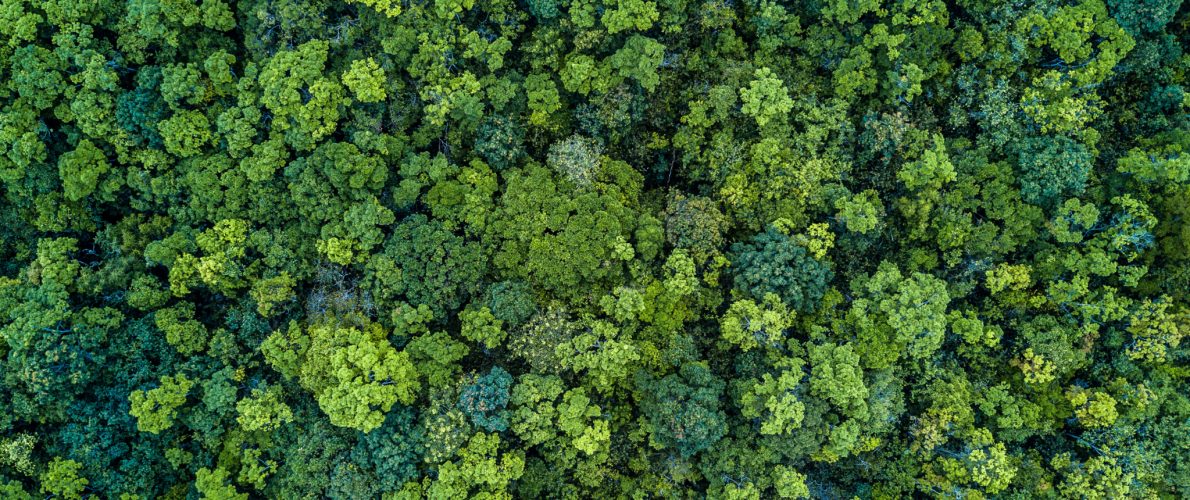
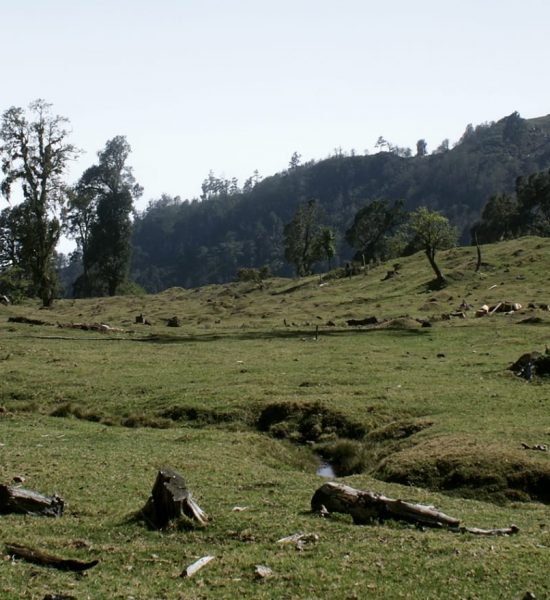
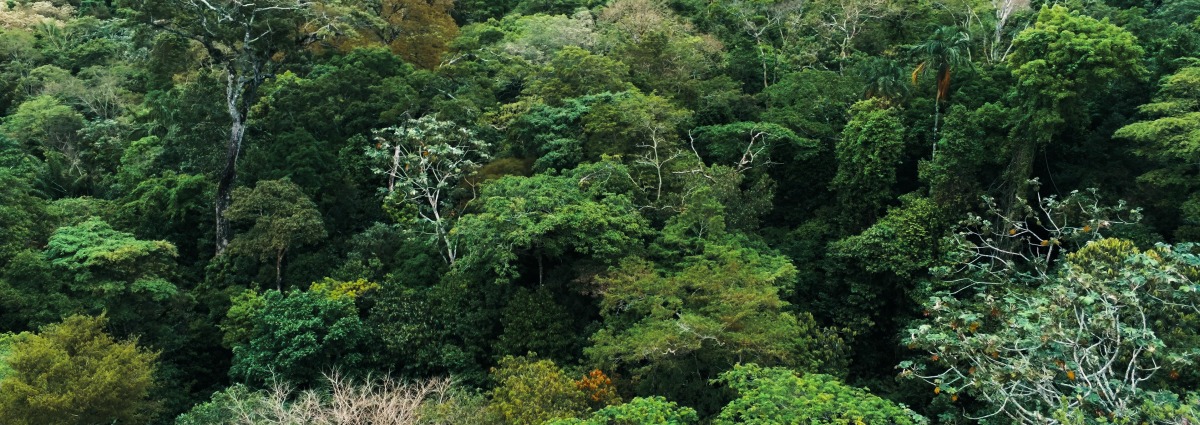
Partnering to Save Rainforest
Our partners’ ability to work with their governments and build strong connections with local communities ensures the successful implementation of our projects.
Learn More About This PartnerLearn More About This Partner
